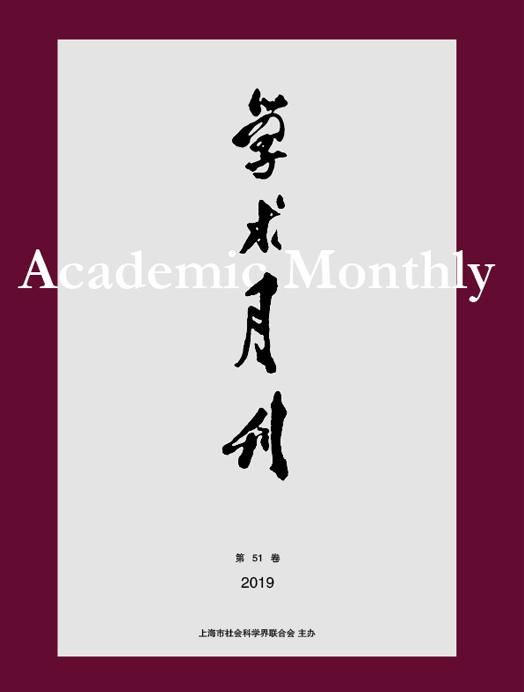Consistency of Spoken and Written Language: On the Modernity of Modern Chinese from the Perspective of Vocabulary
- Available Online: 2021-12-20
Abstract: The modernization of Chinese language began in the first decade of the 20th century, and began to take shape in the late 1920s with the strong promotion of the May Fourth New Culture Movement. What is the distinguishing mark of modern Chinese language? Wang Li believes that among pronunciation, grammar and vocabulary, grammar should be regarded as the main basis for distinguishing modern Chinese, focusing on the changes of Chinese language itself. Lü Shuxiang emphasized that the realization of consistency between language and text is the watershed of modern Chinese, focusing on the social application of language. This paper holds that the explosive increase of written language users, the qualitative change of language content and discourse behavior, and the diversification of media are important motives for the transformation of Chinese language in modern times, and the reconstruction of vocabulary system caused by new words is the most important embodiment of Chinese in modern times. The new words have a common morphological feature: two-character words. Two-character words have two linguistic functions, one is precise description, and the other is speaking and understanding. Only two-character words can cope with the progress of science and the increasingly complex human society, and only two-character words can speak and understand non-daily contents. This kind of discourse behavior, which is called “scientific narrative” in this paper, takes “consistency between words and texts” as the basic condition, which is the essence of language modernization. The main point of this paper is that the consistency of speech and text is an important symbol of Chinese language modernization, and the consistency of speech and text needs the foundation of vocabulary. The addition of Chinese words can be completed in a short period of time, which is the result of language contact and vocabulary exchange in East Asia. It is necessary to study Chinese from the perspective of modern reconstruction of vocabulary system, because the modernity of language is determined by the modernity of vocabulary.



 沪公网安备 31010102003103号
沪公网安备 31010102003103号 DownLoad:
DownLoad: